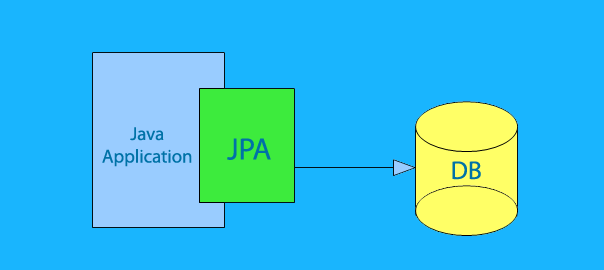Java Persistence API (JPA)
 JPA is a language similar to SQL
JPA is a language similar to SQL
Java Persistence API (JPA) is a Java specification for managing relational data in Java applications. It is a standard way of storing and retrieving Java objects from a relational database.
JPA is used to create a layer between the Java application and the relational database. This allows the Java application works independently of the database used. JPA is often used in conjunction with Java Persistence Query Language (JPQL), a language similar to SQL used to retrieve data from the database to get.
JPA is a language similar to SQL used to retrieve data from the database to get.
JPA stands for Java Persistence API. It is a Java specification for accessing, persisting, and managing data between Java objects/classes and a relational database. It is used to map Java objects to relational database tables and vice versa. JPA is a part of the Java Enterprise Edition (Java EE) platform and provides a standard way to interact with a database using Java.
In Spring Framework, JPA is used to simplify the data access layer of an application. Spring Data JPA is a library that provides a set of convenient and consistent repository interfaces for JPA. It allows you to perform common CRUD (Create, Read, Update, Delete) operations on a repository without having to write any implementation yourself. It also provides support for pagination, sorting, and dynamic query execution.
Spring Boot makes it even easier to use JPA by automatically configuring the required dependencies and providing sensible defaults. You can use the Spring Initializer to create a Spring Boot project with JPA support. Once the project is created, you can create JPA entities and repositories and use them to interact with the database.
In summary, JPA is a Java specification for data persistence and Spring Data JPA is a Spring library that makes it easy to use JPA in a Spring Boot application.
Start daily exercises in the Code Gym
